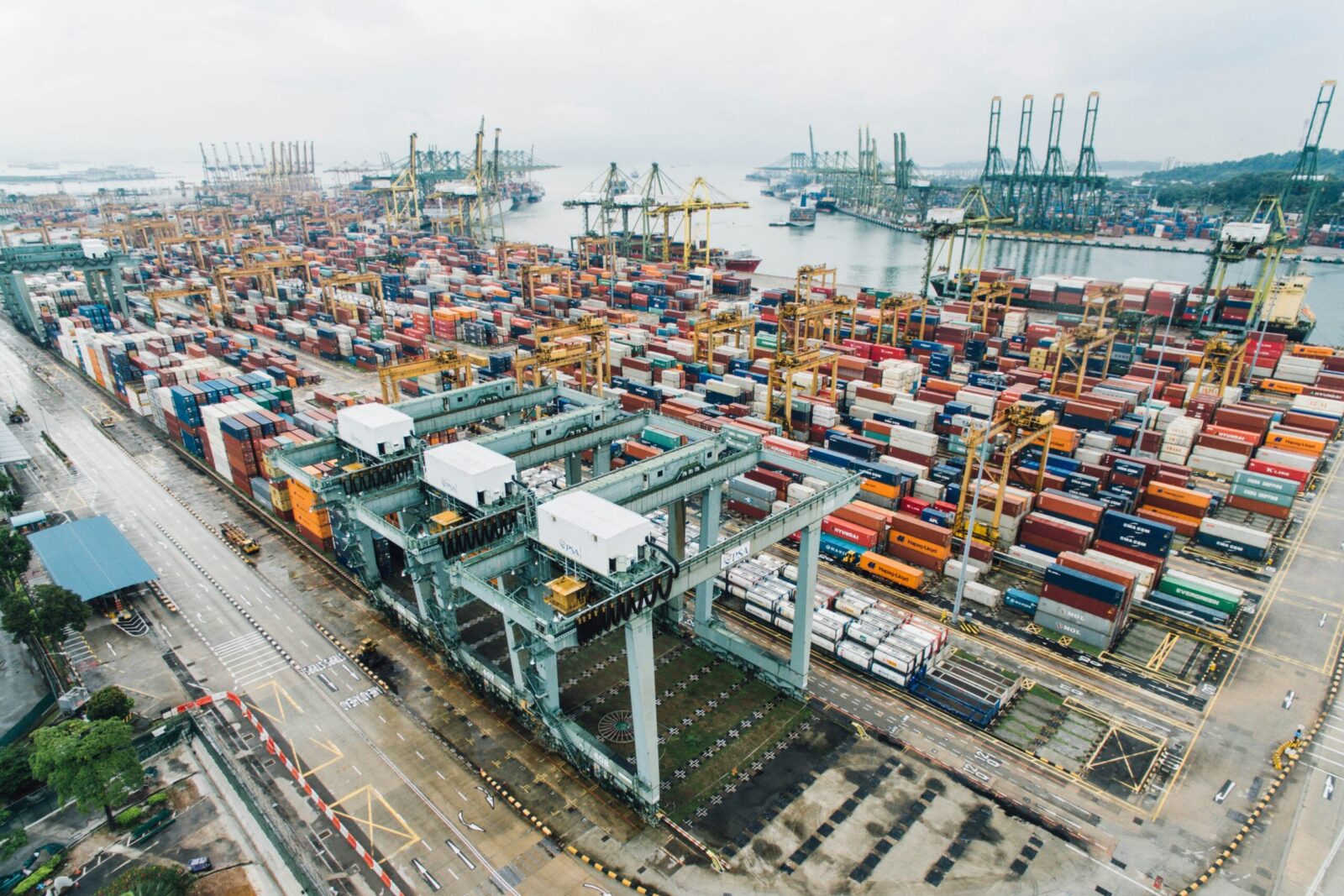
How to Optimize Supply Chain Management?
Introduction Today’s complex and turbulent business environment requires effective supply chain risk management. As global supply networks become more intertwined,...

Get 20€ off on your first order!
Lean supply chain management is a strategic approach focused on streamlining operations, eliminating waste, and delivering value to the end customer. By applying lean principles across the supply chain, organizations can optimize processes, reduce costs, and enhance responsiveness to customer demands.
At its core, lean supply chain management aims to minimize non-value-adding activities throughout the supply chain. This involves identifying and eliminating waste in various forms, such as excess inventory, unnecessary transportation, and overproduction. The goal is to create a seamless flow of materials and information, ensuring that products are delivered to customers efficiently and without delays.
Implementing lean principles in the supply chain offers several advantages:
Despite its benefits, adopting lean supply chain management presents certain challenges:
To successfully implement lean supply chain management, consider the following practices:
Lean supply chain management is a powerful approach for organizations aiming to enhance efficiency, reduce costs, and deliver greater value to customers. By embracing lean principles and overcoming implementation challenges, businesses can build more responsive and resilient supply chains, positioning themselves for long-term success.
Sources
Thank you! You've signed up for our newsletter.



















Introduction Today’s complex and turbulent business environment requires effective supply chain risk management. As global supply networks become more intertwined,...

Lean logistics applies lean management to supply chain performance. Lean Logistics eliminates non-value-added procedures to improve commodity flow and cut...

Introduction Rapid technical breakthroughs and changing market conditions are shaping supply chain management. Businesses must adapt to these changes to...

Introduction Today’s complex and turbulent business environment requires effective supply chain risk management. As global supply networks become more intertwined,...

Lean logistics applies lean management to supply chain performance. Lean Logistics eliminates non-value-added procedures to improve commodity flow and cut...

Introduction Rapid technical breakthroughs and changing market conditions are shaping supply chain management. Businesses must adapt to these changes to...
Get 20€ off on your first order!
Save 30% by buying directly from brands, and get an extra 10€ off orders over €100
Save 30% by buying directly form brands, and get an extra 10€ off orders over €100